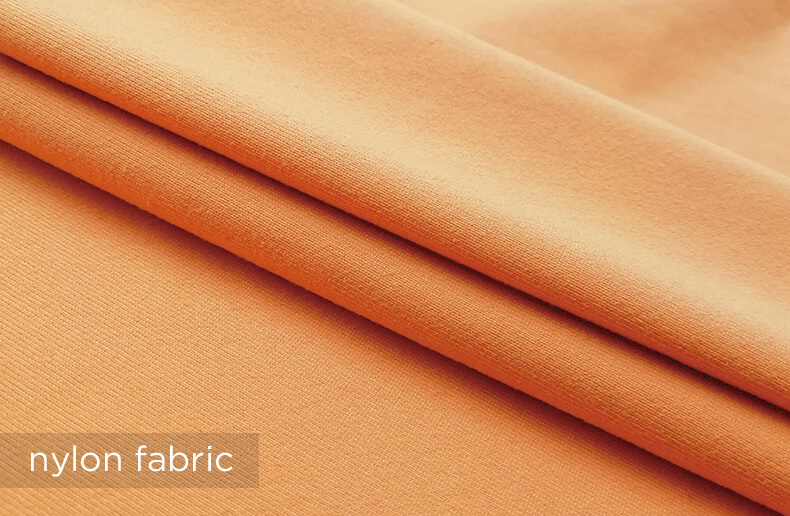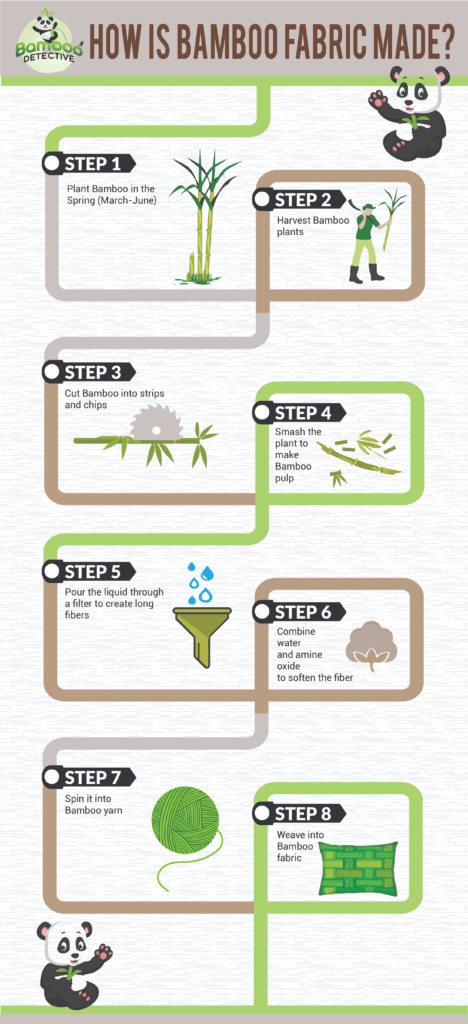There is an upwards trend of fitness as people are taking control of their health and lifestyle. Thus, the sportswear market is highly flourishing. If you are going to start a fitness clothing business or you are already in this field. You need to know how to choose the right sports fabric for your custom clothing.
But which fabric to choose become a big question. Here are some factors to consider when you a sportswear fabric:
- Comfort
- Quick dry
- Durability
- Price
- Weight
- Moisture regulation
- Protection against weather
A great sportswear fabric considers all these factors so people can be comfortable during exercise. Here is your complete guide to the various sportswear fabrics you will find in the market.

Polyester

Polyester is an incredibly common material when it comes to creating sportswear. It is a fabric that is created out of plastic fibers. That is why you will notice that polyester is durable and wrinkle-free.
Another great feature of this material is that it is non-absorbent. It means that your sweat will not be absorbed by the fabric. Instead, it will be left on the exterior of the material to dry on its own.
Do you know how fast polyester dries? If you dry them indoors, it takes about 3 hours. But outdoor in direct sunlight, it takes just about 1 hour to dry completely. That’s amazing.
Many people opt for this fabric not only because it is quick to dry but also it is strong and durable. High-quality polyester fabric is capable of withstanding any movements, which is why many athletes wear this material. Such a strong material also comes at an affordable price and that is why t is one of the most common materials.
It is best suited for any weather so people in cold and hot regions can benefit from working out in this material. It checks all the aforementioned considerations and that is why it is the top fabric on our list.


Spandex
Spandex fabric can stretch to 5-8 times its normal size. So it is commonly used in fitness apparel and underwear. Normally we won’t use pure spandex in garments. And instead, small quantities of this fabric are woven into other synthetic, semi-synthetic, or organic fibers. Like 90%polyester 10%spandex fabric is one of the most popular sports fabric contain spandex.
Many sports fabric manufacturers all over the world produce fabric with spandex because it is incredibly comfortable and agile. It is the second most common material used in sportswear. Thanks to its stretchable nature, it is perfect for all sorts of athletic movements, exercises, and much more.
Nylon

Nylon and polyester are both synthetic fabrics, but nylon production is more expensive. The material is strong, scratch-resistant, durable, moisture absorbent, and quick drying. That is why nylon is suitable for all types of workouts in all types of weather conditions.
At first, Nylon was used to make women’s stockings only. However, the fitness world got a hold of this synthetic material, and not it is widely used to manufacture gym wear, tracksuits, wind runners, and much more. That is because it will keep you comfortable all year long.
Comparing nylon fabric with polyester fabric, which one is better for gym clothing?
| Nylon | Polyester | |
| Durability | ☆☆☆☆☆ | ☆☆☆☆ |
| Water-Wicking Ability | ☆☆ | ☆ |
| Quick Dry | ☆☆☆☆ | ☆☆☆☆☆ |
| Durability | ☆☆☆☆ | ☆☆☆☆☆ |
| Lasting Color | ☆☆☆☆ | ☆☆☆☆☆ |
| Easy Care | ☆☆☆☆☆ | ☆☆☆☆☆ |
Bamboo

It may sound incredible. The same plant that feeds pandas can be pulped and processed into fabric. Bamboo is a great fitness fabric because it is incredibly versatile. The fabric is:
- Odor resistant
- Moisture-wicking
- Breathable
- Temperature regulated
- Incredibly comfortable
- Environmentally sustainable
The fabric is produced from bamboo pulp, which creates a lightweight, natural fabric. You can wear it out in the sun for a long period as it also protects from harmful UV rays. The UV resistance of bamboo fiber is 417 times that of cotton. That is why more and more people are now shifting towards this fabric for fitness.
Fabric created out of natural bamboo fibers is hypoallergenic. That means you will not experience any skin irritation even if you keep sweating after a strenuous workout. However, the only drawback of this material is that it is expensive than others.

Merino Wool
Why people love merino wool sooo much even though its price is really expensive? Because it is a great choice for both cold or warm weather exercise. Since it’s super soft, breathable, sweat-wicking, and antibacterial.
You might worries that merino wool make you itchy. But merino wool is incredibly fine so you won’t feel any uncomtable when you wear it.

Cotton
Actually, cotton is not a good choice for gym clothing. You might ask, why? It absorbs sweat perfectly.
Yes, that’s true. Its sweater absorption is the best, however, it can not dry very quickly like polyester. For sports fabric, drying too slowly is a fatal disadvantage. If you have ever worn a cotton tee, you can see the entire shirt soaked in sweat after a workout. That’s definitely not a good memory, right?
Many manufacturers are creating cotton gym wear that provides better odor management and dry quicker. But it will be a long and difficult process. That is why cotton will always be a material that is behind in gym wear as compared to others.
However, cotton is good for a light and low-impact workout, but it is not the best material if you are doing a highly strenuous workout. Besides that, it is not a great material for summer as it will be soaked in sweat.
Every coins has 2 sides. If you think the more sweat on your body, the higher sense of accomplishment. This cotton t-shirt can meet your need.

Different sporting activities also require different materials. If you are into many outdoor activities, you can benefit from a combination of these materials. In the end, it all depends on your needs and preferences.
These were some of my tips for choosing a fitness fabric. All these materials offer different things to you. So the perfect fabric for you depends on your preferences and budget.
